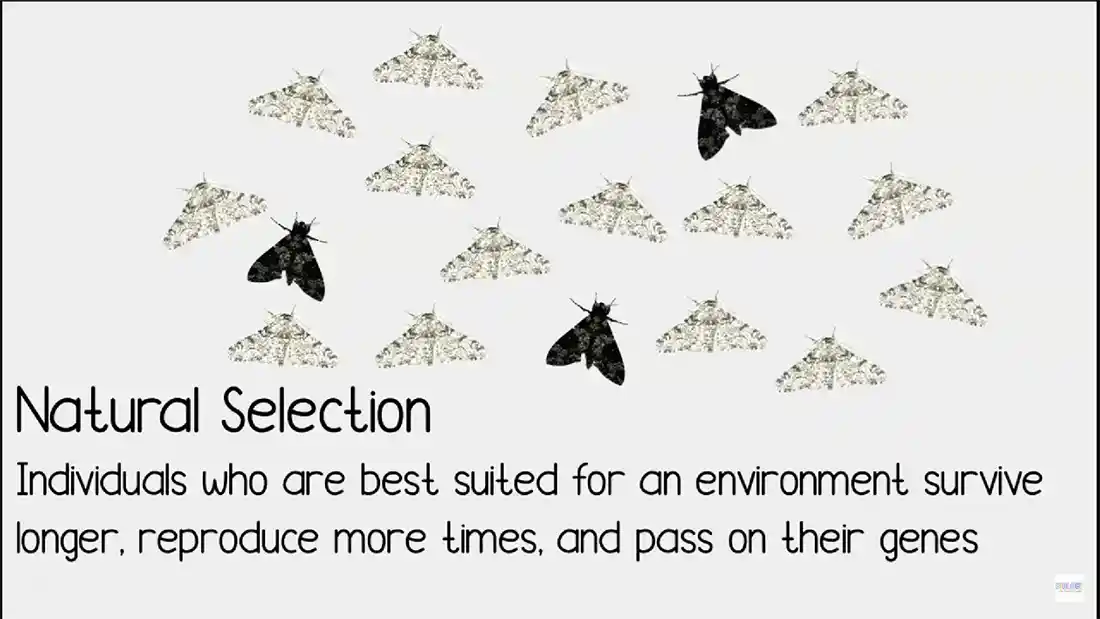

Variation, differences, traits, genome, DNA, allele, characteristics, extreme environment, small changes, species, genetic code.
Variation can occur within a set of species, and also between species. But what does that mean?
Well, between humans, variation can occur by the genetic traits we have from generation to generation. This could be as simple as your eye or hair colour, your height, even your weight can be controlled by variation traits. They are passed down from our mothers and fathers, who in turn receive their genes from their mothers and fathers, and so on.
Animals too have the same sort of differences. They might be slightly smaller in size, they may have a different pattern on their skin, or they may have longer hairs than the others in their species.
For example, the pattern on a giraffe is different from one to the next. It's not massively noticeable, but they are visible differences. This is a genetic change. Somewhere down the generations of giraffe, the skin that forms the pattern changes slightly. It's much like your eye colour, or hair colour.
Well, it's all to do with our DNA. In both humans and animals, we have a set of chromosomesA thread-like structure within every cell in your body., which house our DNA. They contain the genetic information of the human or animal that carries it. Within these genetic codes are the information passed down from generation to generation.
It's the same with animals, as they have their own DNA, chromosomes and traits in their genetic code. It ends up changing them. But what else can make these subtle or extreme changes to a species?
Variation allows for a sometimes necessary need to make changes and evolve from the current species to possibly form another. These variations can be small (the pattern on the giraffe, for example), or extreme (say, a species moves from one type of biomeAn area of our planet that has similar climates, landscapes and biodiversity., like a temperate ecosystem, to another, being a cold ecosystem).

There are tigers that have white stripes. These animals are the cause of a rare genetic trait due to a double recessive gene
The same is true for humans. As a species, we live all over the world. In different climates: in some of the coldest places like the Arctic circle, in some of the warmest places, like the Sahara Desert, or in temperate areas, like the UK, Europe or USA. But, the difference with us is that we don't necessarily change as a species to combat these extreme environments. We simply put a coat on, wrap up warm (for example in a cold environment), or take clothes off and put sun cream on (please do this, it's not nice if you burn) if it is too hot.
However, the colour of our skin can change. And through the world, there are people with different coloured skin. This is for a simple reason. The darker the skin, the more resilient the skin is to exposure to the sun. That's not to say a person with black skin will not burn. It will look different to those with white skin, and may even take longer for the exposure to burn, but they can still burn.
So, there are two main types of variation. Those within a species, and those between different species. So, what is the difference?
Intraspecific is the variation within a species. There are a variety of factors that can make this happen, both environmental and genetically. All animals in the same species have the same genes, however there are different forms of those genes called allelesA variant of an element.. These alleles cause changes to the phenotype, which is the physical appearance of the species. This is then passed down to the next generation of the species.
A good example of this is the Peppered moth (Biston betularia). Before the Industrial Revolution, the peppered moths were all light in colour, with dark specks on their wings. They would spend their days laying on silver birch (Betula pendula) trees, and this was fine. Then whilst the Industrial Revolution hapened, over the years it changed the way the landscape looked. Trees became darker because of the smog and smoke from all the industrial plants.
The following still is from a video on variation, with the following details:
Please click on the image to view the video.

Now, the peppered moth was visible whilst laying on its birch tree. This was not good. So, in order to fit in, something changed. Within the moth. An allele changed and made the moths darker, with light specks. Now, it could lay anywhere - on buildings, trees and other places that were dark. Once the Industrial Revolution was over, and places became cleaner again, once again the peppered moth had to change. It was once again a lighter colour with dark specks.
This change is to the phenotype of the species. It's physical appearance changed to suit the environment. There are now light and dark peppered moths, both of which are the same species.
Interspecific variation is the change between more than one species. Again this can be appearance, or environmental factors, but the case is simple that these can happen across a wider range than just in one species like above. This could include environmental factors such as drought, constant rainfall, lack of diet, a change in diet, or other factors that are mainly biotic.
Interactions between species in a common location can be negative, positive or have a neutral effect. A good example of this is a picture. Picture a forest or wooded area where there are large trees growing. These trees have all competed to be the biggest trees in the area. Now, on the ground, there's a small sapling of a new tree. How will it survive? There may not be much rainfall in the area, as the canopy of trees above cover it. So, what does it do?
Basically, a small change in the way it grows is what is needed. If there isn't a lot of rainfall due to the other trees, then the roots will have to grow immensely long. This is not usual for this species of tree, but it will have to change this fact to be able to survive. Because of interspecific competition, this is what happens.
There are other types of variation, including:
Continuous variation: within a species, continuous variation is where the variation carries on through the generations of that species. This means, that if a bird has a beak for a certain purpose (such as going into a long thin crevice to find food), then if needed, that species of bird will develop that to work at optimum level, and then continue down the generations with this beak.
Discontinuous variation: within a species, discontinuous variation is where the variations stop with one generation of the species to another. This means that if, for instance a bird develops the type of beak that goes into a long crevice as explained bove, and then the next generation of bird doesn't need this trait anymore, it will change to suit it's needs and have a different shaped beak.
Disclaimer | About Me | Sitemap
Website design by SyntaxHTML.



Blue icons adapted from icons courtesy of Smashicons.com